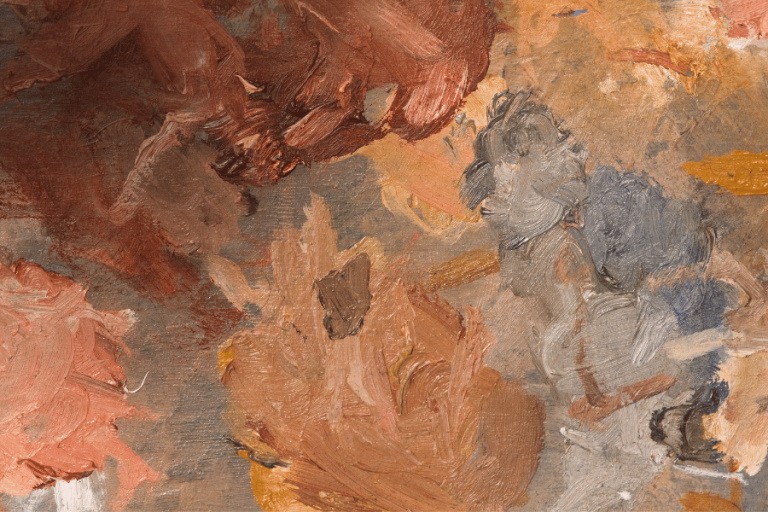
Can You Use Cold Wax Medium with Water Mixable Oil Paint?
Cold wax can be applied with water mixable oil paint as traditional oil paint. But it will lose its water mixability after applying cold wax in the paint. After applying wax to the paint, mixing water with paint is prohibited.
Depending on the wax type, it creates various effects, including increasing or decreasing transparency, texture, and depth.
Cold wax can apply different purposes to the paint. Such as:
- Top coat
- Paint medium
- Varnish
In this article, I will explain
- What are good cold wax for water mixable oil paint?
- How to apply for different purposes (medium, top coat, base coat, varnish)
- More tips and tricks.
I already explain similar topics in different articles, you can check
Best cold wax for water mixable oil
Some great cold wax for water mixable oil paint are:
| Grade | Note | |
| Jacquard Dorlands Wax | Artistic | Popular cold wax |
| Gamblin Artist Colors Cold Wax | Artistic | One of the popular gold wax |
| Zest-It Cold Wax Painting Medium | Artistic | Not very popular but give nice results as medium |
How to apply cold wax to the paint
You can apply cold wax for two main purposes.
- Paint medium
- Varnish
How to use cold wax as the paint medium?
Cold wax increases paint thickness and texture. So making this, you need
- Palette knife (For mixing)
- Scraper (Scrap paint)
- Spectulas paint (spread wax paint)
- Cold wax
- Water mixable oil paint
- Walnut or linseed oil (instead of solvent)
- Wear gloves
How to apply?
Step 1: Mix the paint with wax
Mix paint with wax 50-50 ratio. Take help from a putty knife to mix properly. Apply linseed oil if it needs thinning.
Step 2: Apply the paint-wax mixture to the surface
Use a spatula or brush to apply the paint-wax mixture to the surface you will be painting on. Make sure to use a little more pressure than usual since the mixture is thicker. Simply apply it to the surface you want to paint on, and you’re good to go!
Step 3: Create textured effects
If you wish to create textured effects, you can use the palette knife or other tools to create patterns or designs in the wet paint. Use the scraper to remove excess paint and remove border paint.
Step 4: Allows some time to dry
If you want to apply a second or more layer, give it 2-3 hours to dry between coats. However, the wax with water mixable oil paint needs 10-15 days to dry completely.
This video will help you for more understanding
How to use cold wax as varnish?
Cold wax as varnish will not be permanent and long lasting. It will need to be reapplied over time to maintain the shine and protect the painting.
You can wax your painting, how you wax your car.
You need:
- Soft cloth
- Wax
How to apply?
Step 1: Ensure dry painting properly
You have to dry the paint properly before applying the wax. Wear gloves.
Step 2: Apply wax
Soak the cloth with cold wax, then rub gently on the painting. Make sure to apply the wax evenly over the surface of the painting, covering all areas and paying attention to the edges and corners.
Step 4: Allow the wax to dry
Allow the wax to dry completely before applying additional layers or varnishing the painting. Give it 20 minutes to dry. And then go to the next step.
Step 5: Buff the surface
Once the wax is dry, use a soft cloth to buff the surface of the painting to achieve the desired shine.
This video will help you.
What temperature should cold wax be?
Cold wax usable temperature is general room temperature. Its ideal temperature is 65.5 degrees Fahrenheit or 18.61 degree Celsius to 155 degrees Fahrenheit or 68.33 degrees Celsius. After 155 degrees Fahrenheit, it will start melting. Its ideal temperature is low; the ideal temperature is 18.61 degrees, which means it does not need refrigeration.